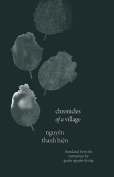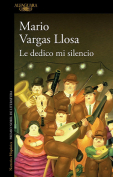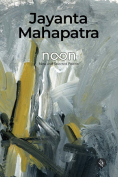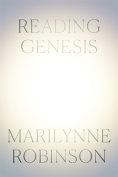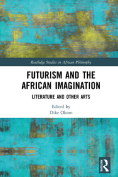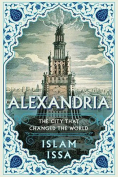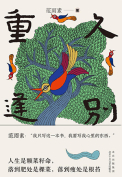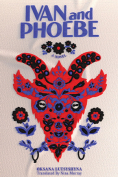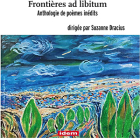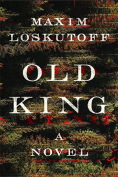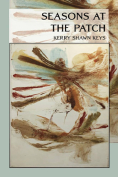Alexandria: The City That Changed the World by Islam Issa
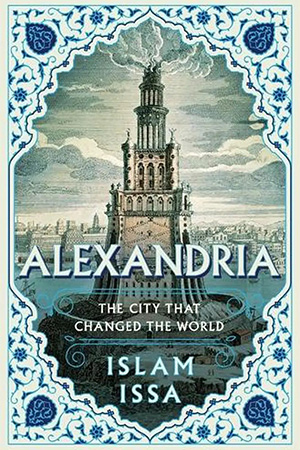 New York. Pegasus Books. 2024. 496 pages.
New York. Pegasus Books. 2024. 496 pages.
The Egyptian city of Alexandria, the “mermaid of the Mediterranean,” has long been overdue for a thorough history. It makes a difference that this one was written by a native of the city—Islam Issa’s love for Alexandria is palpable on every page, and part of the book’s charm is due to the personal stories he occasionally weaves into the city’s long tale. This UK history professor’s ambitious vision for the book matches that of Alexandria’s eponymous founder, which was to “redefine the very idea of a city.” He takes us on a breathtaking gallop through twenty-four centuries at this spot, the intersection of three continents, from the moment in 332 BCE when Alexander the Great, kneeling in the sand on a strip of land caught between the sea and a vast freshwater lake, sketched out a plan for a new kind of city, to when a tidal wave of anger at their government led Alexandria’s residents to surge onto its streets in the millions during the Arab Spring of 2011.
Many groups put their stamp on Alexandria, from the native Egyptians, the Greeks who came to trade and stayed, and the Jews who escaped to it from troubles elsewhere, to the invading Persians, Romans, Byzantines, Arabs, Ottomans, Mamluks, French, and British. Outsize characters abound: familiar ones such as Alexander, Cleopatra, Julius Caesar, Jesus, Saladin, Napoleon, Muhammad Ali, and Nasser, to the more obscure, such as Cleomenes, one of the first recorded kleptocrats; Zenodotus, the first librarian in recorded history; and Buddhist missionaries from India who came to live and teach by example on the shores of Lake Mareotis. In more modern times, we encounter the fanatical bishop Cyril who targeted the eminent philosopher and mathematician Hypatia, the Arab general Amr who longed to remain in what was to him an enchanting place, thieving (yet pious) Venetian merchants, the murderous sisters Raya and Sakina, and the musical genius Sayed Darwish, who gave a voice to Egyptians’ dreams of regaining independence.
Although the author is clear-eyed enough not to make the city out to be a utopia—it has had more than its share of social injustices and crackpot rulers—he makes a good case for the argument that Alexandria has long been overlooked as a foundational city that affected human civilization deeply and widely, and he offers an abundance of examples as to how, from philosophy and religion through scientific and mathematical breakthroughs. The thrusting Greeks drew on the deep wisdom of the Egyptians and pulled it out onto the world stage. Here is where the circumference of the Earth was first measured, the first world map was drawn, the astrolabe and the steam engine were invented, the first pipe organ played, the first windmill, robot, and vending machines used. Anatomical dissection (on both the dead and the living) contributed greatly to medical knowledge. The precursor to Braille showed up in the Christian era. Plays, poetry, music, and extravagant festivals were everywhere in ancient times and regularly revived into the present. Here also was where Neoplatonism was refined, the Hebrew Bible was translated into Greek as the Septuagint, anti-Semitism began to take root, Christianity was shaped, monasticism began, Jesus’s nature was debated, and the Old and New Testaments were first gathered into one book.
Issa did not skimp on his research, and there is an expansive bibliography and notes section for those curious to know more. He has the distinct advantage of being able to draw on Arabic sources as well as those in English and other Western languages; this is particularly useful when dealing with the medieval period, which has sometimes been labeled as “the missing millennium” in Egyptology. Crucially, Issa also continues the city’s story into the present day, rather than ignoring modern-day Egypt as so many historians often do.
Perhaps one reason Alexandria is not in the global consciousness is because almost all of its physical remains have disappeared, either below ground or beneath the waves. Most notable among these were the great library of antiquity and the marvelous lighthouse. Earthquakes, fires, and tsunamis played a role. Its residents often recycled and reused older building materials over the centuries, and both local riots and foreign invasions caused considerable damage. Mysteries remain, chief among them the locations of both Alexander’s and Cleopatra’s tombs. The city may yet surprise us with future discoveries.
Unlike ancient Athens, ancient Alexandria allowed its women to be educated, even outside the home, and granted them citizenship to boot. (This may well have been influenced by the more egalitarian approach of the Egyptians.) So it is no surprise that the city had “a tradition of strong female rule,” a practice one hopes the modern world would rekindle. Another key point Issa makes is that Alexandria’s history proves that “welcoming rather than othering people was an economically sound plan.” (Indeed, Issa even speaks of an “Alexandrian dream” that many were able to make come true.) As more of us strive to live together peacefully and sustainably on this earth, that inclusivity seems especially significant.
Jehanne Moharram
Norman, Oklahoma

